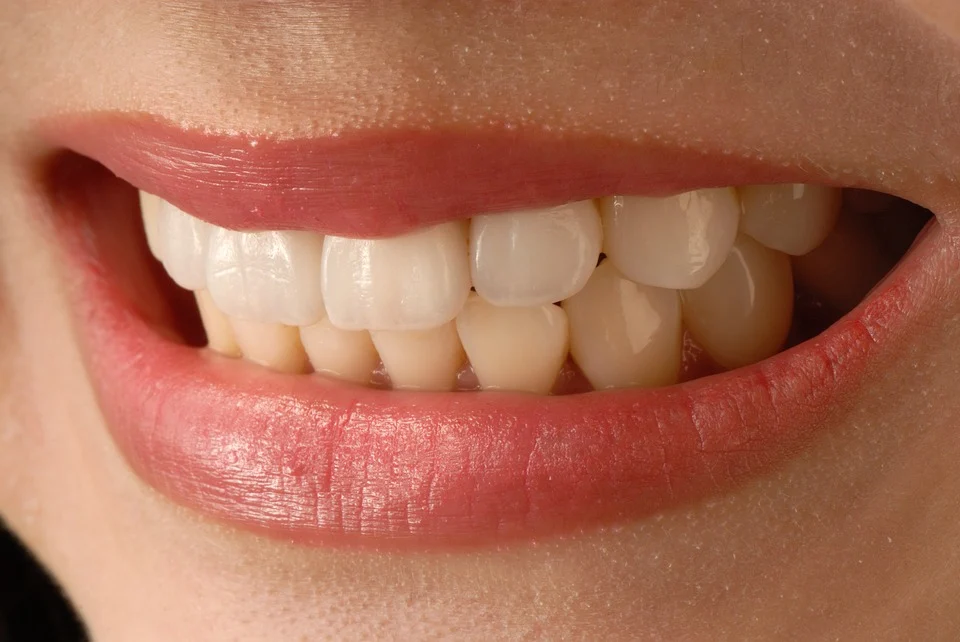These days, cosmetic dentistry offers various ways to transform your smile if you are feeling self-conscious due to imperfect teeth. And dental veneers are by far the most popular option available to you.
Veneers are thin, custom-made shells that cover the front of the teeth. They are made of porcelain or composite resin material and can be used to improve the appearance of your teeth in various ways such as-
- correct spacing issues between the teeth
- close gaps caused by missing teeth
- protect exposed dental nerves.
- repair broke or chipped tooth
- whiten your teeth, etc.
Both porcelain veneers and composite veneers can help you get brighter, even-shaped teeth. But what exactly is the difference between them? Is one superior to another? And which type of veneers should you opt for?
To find all the answers, we decided to consult a cosmetic dentist Dr. Ernesto Carmona who provides porcelain veneers in Austin, Tx.
How are Composite Veneers Made?
Composite veneers are made using a special dental resin. This is the same resin that is used to fill in your cavities. The procedure to get composite is quick and easy. The resin putty is applied directly on your front tooth by your dentist and molded into the required shape and size.
It is then allowed to harden under a special blue light for a few seconds. A few finishing touches will be made to ensure they don’t feel like obstruction white biting and the process is complete.
How Are Porcelain Veneers Made?
Porcelain veneers and thin shells that are custom-made in a laboratory-based on the mold of your teeth. Your dentist will first shave down some of your enamel to make room for the veneers to stick on. He will take a mold of your teeth to determine the exact dimensions of veneers.
The veneers can take up to 2 weeks to be fabricated. So in the meantime, you will be fitted with temporary veneers. Once your veneers are ready, your dentist will call you to the clinic and bond them to your teeth with special glue.
Benefits Of Getting Veneers:
- Both composite and porcelain veneers can give you a natural-looking smile as the color of veneers can be matched to the remaining teeth for seamless blending.
- They are more affordable compared to other cosmetic dentistry treatments like crowns, implants, or Invisalign.
- They are made using biocompatible materials and hence are completely safe for your health and won’t cause any allergic reactions.
The Difference Between Porcelain and Composite Veneers?
While the result given by porcelain and composite veneers are quite similar, there are a few key differences between them.
To begin with, the procedure to get porcelain veneers takes 2 sittings spread over a couple of weeks. Whereas compote veneers require single sitting as they are sculpted directly in your mouth.
When it comes to longevity, porcelain veneers usually fare better. Composite resin can last up to 10 years whereas porcelain veneers are known to last up to 20 years with proper care.
Porcelain veneers are also stain-resistant and won’t get discolored as composite veneers tend to overtime. So you can enjoy your morning coffee, drink red wine or eat curries without worrying about staining your teeth.
Which One Should You Choose?
While porcelain veneers and composite veneers can both give you a beautiful smile, they each provide their own unique benefits. Porcelain veneers are more durable than composite veneers, but they can be more expensive and take longer to get. Composite veneers are less expensive and quicker to apply than porcelain, but they also aren’t as strong or long-lasting.
If you want to learn more about your options, Dr. Ernesto Carmona will be able to help you. He is a well-experienced affordable dentist in Austin, Tx, and will create a beautiful smile that you would love showing off. So call Austin Prosthetic Dental today to book your appointment with Dr. Carmona.

